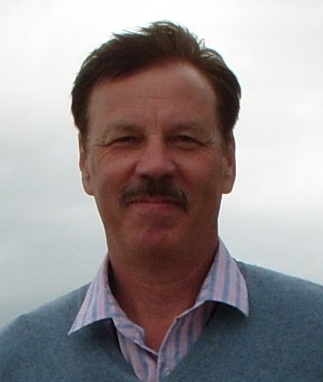


Speech Title: Polymer aqueous solutions to drag reduction of supercavitating underwater vehicles (a comparative analysis of China, US and post-Soviet fundamental developments)
Abstract:In-water motion speed of modern surface vessels is limited by viscous resistance/drag of water, which increases with the motion speed. The lecture describes the latest developments worldwide in drastic drag reduction by separating the vessel hull from water using a disk- or cone-shaped cavitator, which “opens an umbrella” over the major part of the hull to produce an ellipsoidal air bubble (supercavity) inflated by an artificial or natural air inflow, thus providing a very high motion speed. This supercavitating principle was implemented in high-speed underwater vehicles (HSUV) and small water plane area twin hull (SWATH) vessels, as well as in famous military applications, such as Shkval (USSR, 1977) and Barracuda (Germany, 2005) high-speed torpedoes. In this respect, very promising are the latest developments of Chinese scientists, which imply organization of the developed cavitation flow by supply of aqueous solutions of high-molecular linear-chain polymers, which form a “liquid membrane” around an underwater vehicle and ensure its stable in-water ultrasonic motion. In this lecture, these achievements are compared to those of post-Soviet school of Shkval developers (Ukraine) and HSUV (US), which envisage alternative application of inflated high-elastic "skirts" in the stern part and vector thrust propulsion principle. New experimental and numerical results on drag reduction by polymer aqueous solutions are presented by a team of Ukrainian scientists including the author, as well as a brief discussion of the state-of-the-art experimental research techniques for investigation of cavitating flows, in particular, underwater photography and pressure measurements, simulation of ventilated cavity bubbles near a free surface, experimental gas consumption and numerical predictions of cavity gas entrainment on the basis of assessment of characteristics of laminar-turbulent shear layer of gas at cavity surface, simulation of liquid weightiness and free border effects, organization of the developed cavitation flow by supply of aqueous solutions of high-molecular linear-chain polymers. The revealed advantages and deficiencies of the above approaches and possible ways of their improvement are discussed.